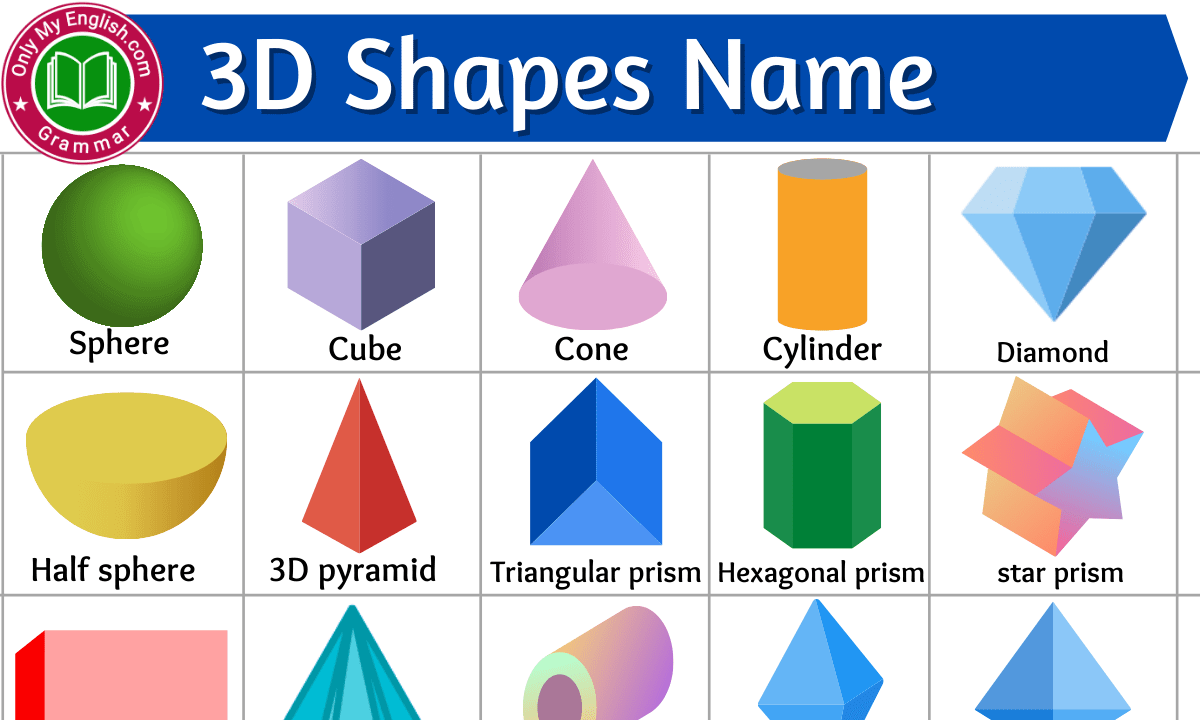
An extrusion is simply pushing the 2D shape into the third dimension by giving it a Z-axis depth (see Figure 3.17). The most straightforward way of making a 2D shape into a 3D object is by extruding it. Why not? They're typically a very efficient way to organize objects and spaces, and done well, help make for a very strong clarity of purpose.Most 3D programs make heavy use of the mouse for defining andmoving shapes and objects, but most offer numerical entry as well, enabling youto enter precise coordinates, distances, or transformation percentages. Simple shapes are found everywhere in nature and are very common in design as well. This design was considered ahead of its time, as pop art inspired design did not hit the mainstream for another 10 years. Even though these pillows are three-dimensional, where they would not be comfortable, they still read as mostly simple circles. It was first produced by Herman Miller in 1956 and is still in production today. This is the Marshmallow sofa, designed by Irving Harper and George Nelson. The current one keeps the monochrome treatment, but it's all black now, instead of the prior all-white. It was so beloved by math and design nerds, it was later re-released and is now back in production. Designed by Dieter Rams in 1981, it is now a design classic, and one of the best examples of modern minimalism.

That leads us to this early calculator, the Braun ET66. In product design, circles can be found everywhere, especially as interface elements, and of course, buttons. These examples have gone from a background accent to more of a foreground distraction. Intense! Along with good examples, it's only fair to give equal time to show the bad or weird. Here we see a circular shape with multiple colors and then a spiral pattern. Now, it can be a single color with exact, precise spacing it can also be multicolored with a random or energetic patten. In print and decor, we see this circular motif used in a wide variety of ways, but none more fun than a polka-dot pattern. If you're feeling the urge to try it out, good news, they're still selling all these years later. It uses an ingeniously simple system, with plastic gears and colored pens, but produces some beautiful stuff that you might never guess came from a five-year-old. As a kid, I was fascinated by the ability to draw perfect circles and amazing artwork with a toy called Spirograph. The voids which occupy the negative space in between can sometimes be as compelling as what they replaced. Shapes can also be generated by the absence or lack of information. It was in this very first printed encyclopedia in England, but I think that technical hand-drawn illustrations are beautiful artwork in their own right. In 1728, this table of geometry was published in the Cyclopaedia, the Universal Dictionary of Arts and Sciences. In early geometry studies, academics tried to describe the properties and formulas of geometric shapes. And again, tricky math to make a super smooth curve or surface. In 3D software, similar curves are called DSplines, and use a variation of handles. The simplest definition I can give is they use adjustable handles with some very tricky math to make a super smooth result. In 2D software, like Illustrator, these twisty and bent lines are knows as Bezier curves. As you will see in this course, I'm a big animation nerd, so roll the next clip. If we deform a straight line, we end up with an arch or a spline curve. The forms seen here contain the best examples of straight lines and squares found in nature. But crystals are one place to look for inspiration. Naturally straight lines are not nearly as common as curves. Yes, I did get dangerously close to poetry. Called the ripple frame, it was inspired by this phenomenon of memory, the act of viewing, and the plasticity of time. In video of ripples, I was inspired to create this design for one of my first products in design school. Looking at natural examples a little closer to home, we see circles everywhere. Like orbits in the space examples, other spinning objects will trace a circular path like these sparkly, fire things. Even though they are three dimensional, we see far away objects like the sun, moon, and planets, as circular shapes due to their distance form us, the observers.

These could also be three dimensional objects that due to our viewing angular distance, are perceived by our eyes as two dimensional. By this definition, shapes only exist in 2D, but they could still be used to create 3D forms and we'll cover that a little bit later.

I'll be calling anything in two dimensions a shape as opposed to the word form, which we will save for three dimensional objects. We launched our survey of 3D design theory by first reviewing some 2D elements.


 0 kommentar(er)
0 kommentar(er)
